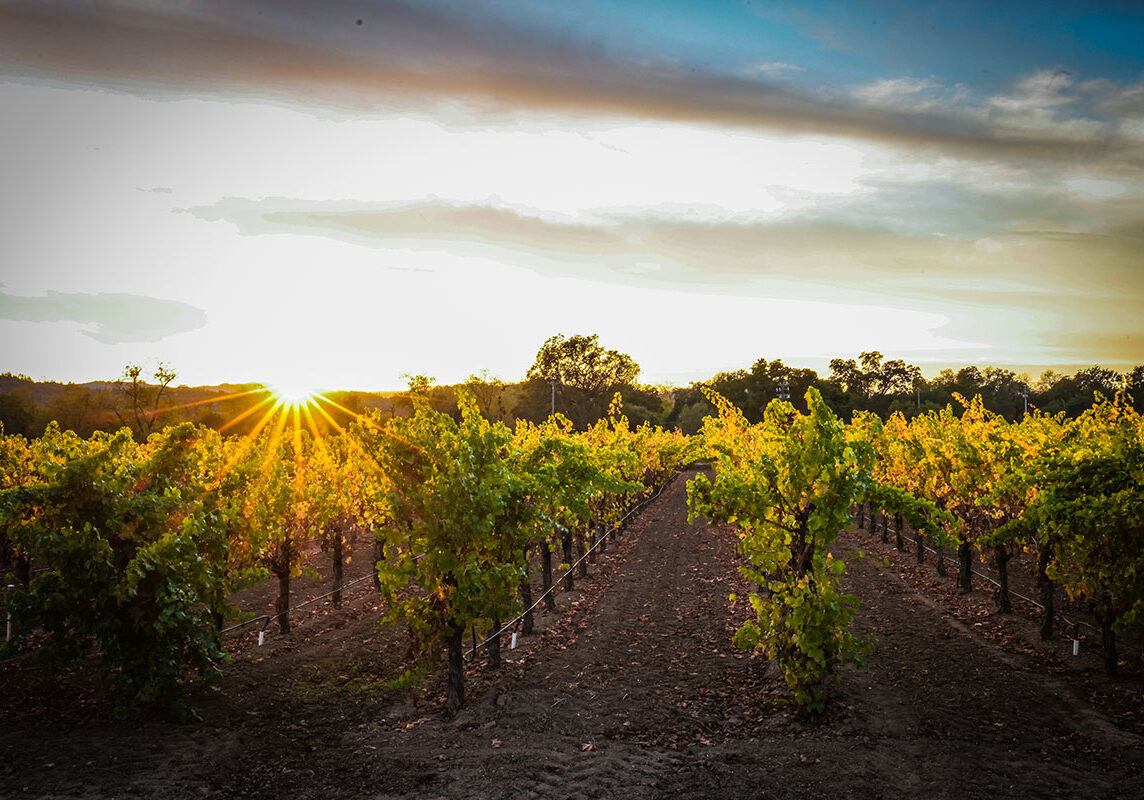Winemaking
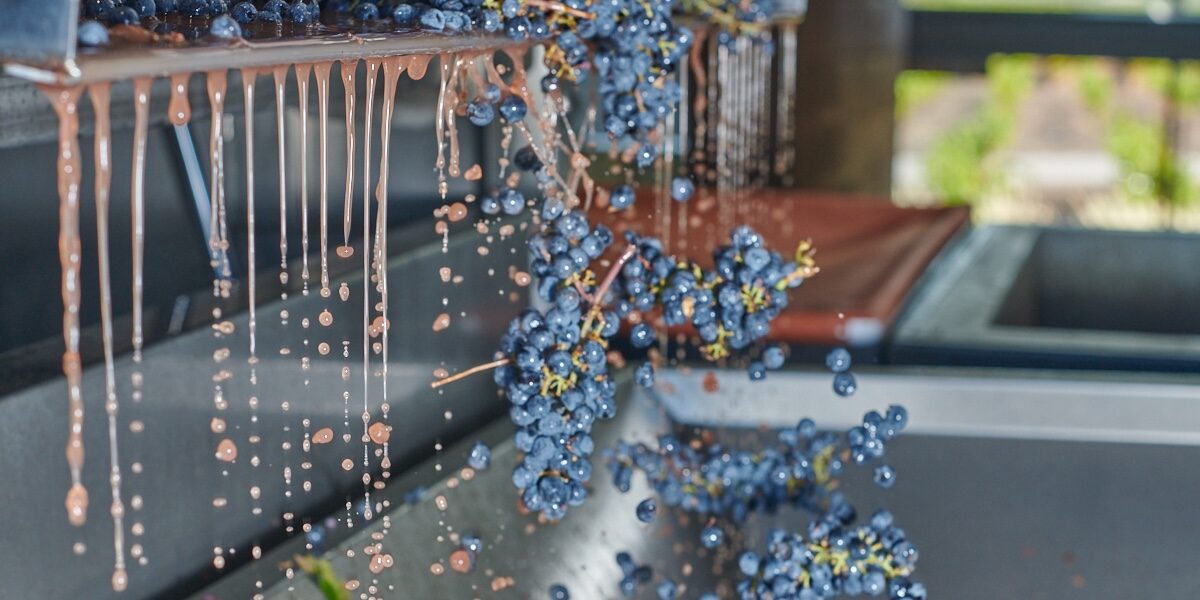
The goal is estate-only winemaking. It allows me to be a non-interventionist. Fermentation is a natural process, and our grapes only touch three natural elements—concrete, oak and the cork.
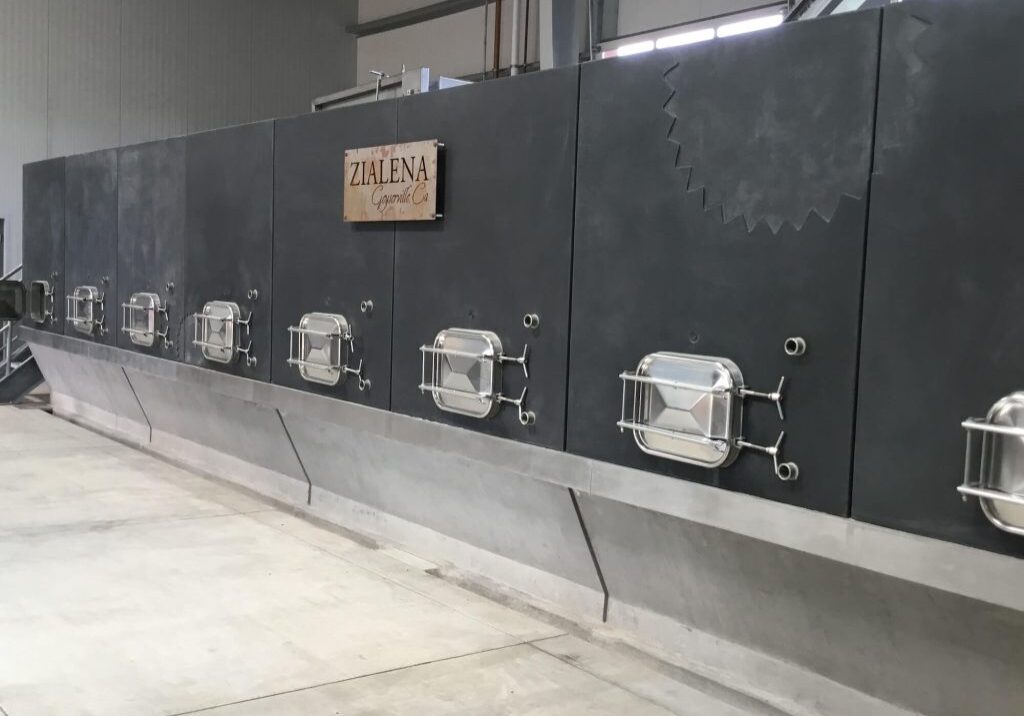
Beyond barrels
Concrete offers natural insulation, stabilizing the temperature of the grapes within. This ensures an efficient and gradual fermentation free from temperature spikes that could agitate the yeast. This stability also makes concrete ideal for storing and aging wines. Our ten open top tanks and two eggs at the estate have a glycol system hidden within the tank walls, providing precise temperature control and flexibility.
At Zialena, we use concrete eggs for our entire production of Rosé of Sangiovese and Sauvignon Blanc due to their optimal shape for fermentation. The egg shape allows natural stirring, similar to a convection oven, keeping yeast solids in the grape juice and enhancing wine richness and roundness. Concrete, like oak, is porous, allowing the wine to breathe and mature gradually, which improves mouthfeel without overpowering the fruit. Additionally, concrete elevates fruit characteristics and enhances natural aromas, preserving the wine's delicacy.
Zialena's winemaking approach is rooted in minimalism and tradition, guided by Mark's belief in letting the fruit speak for itself with minimal interference. Our estate grapes undergo meticulous hand-sorting before being gently fed by gravity into ten specially crafted concrete tanks, where natural fermentation takes place. The use of concrete for fermentation, a technique with roots stretching back centuries in Europe, imparts a distinctive structure and depth to our wines. Following fermentation, our Cabernet and Zinfandel are predominantly aged in neutral French oak to enhance richness without overshadowing the wine's delicate aromas and flavors. We take pride in preserving the integrity of our wines by opting for minimal filtration and fining, allowing them to develop naturally in the barrel. Once bottled, Zialena wines gracefully mature over time, yet are also delightful for immediate enjoyment upon purchase.
Technique & technology
With a deep commitment to consistency and estate grapes, our wines will never experience style or site changes giving our portfolio a structure and stability altered only by the subtle changes in weather each year.
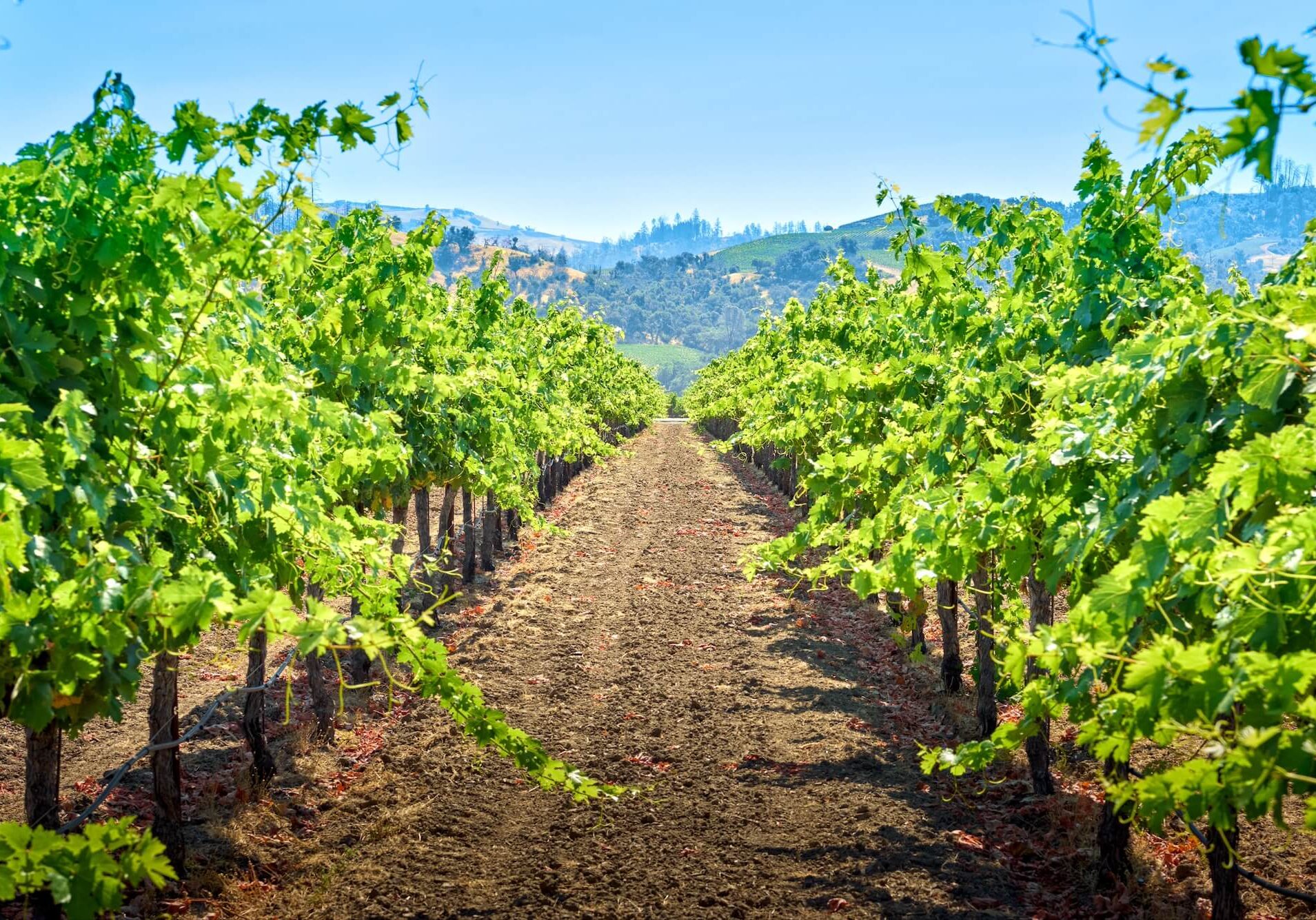
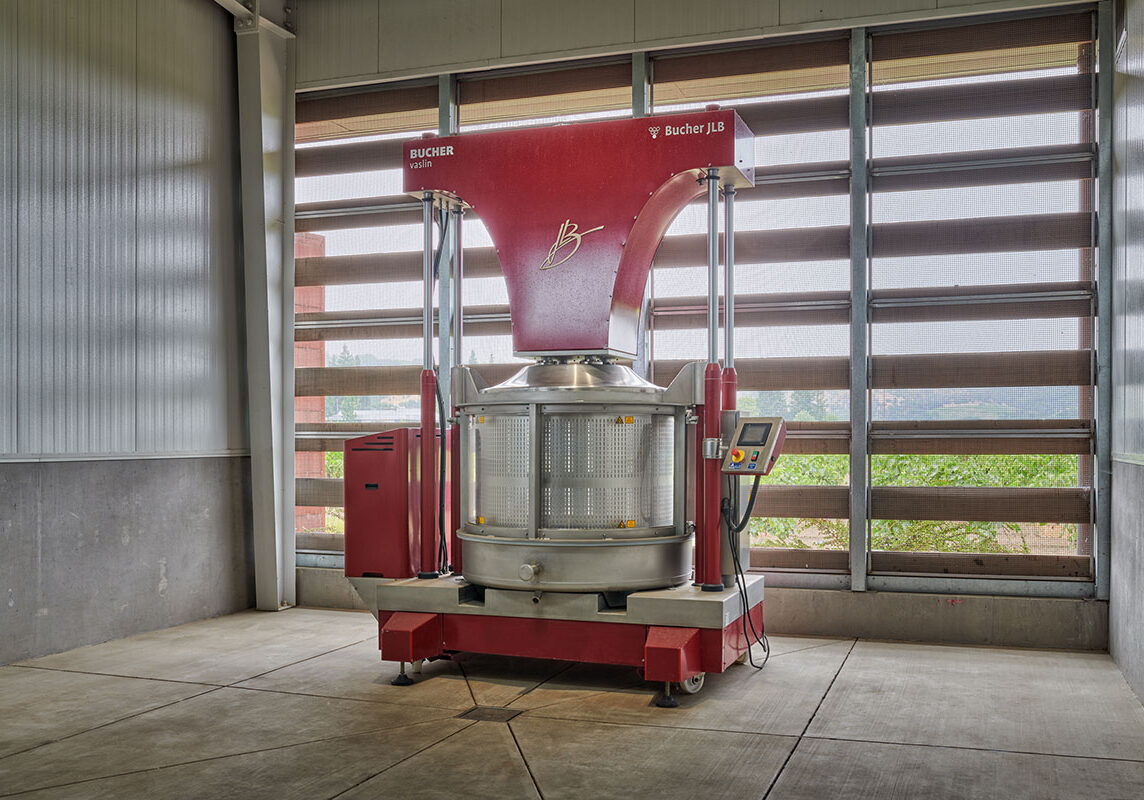
Zinfandel winemaking
Our Zinfandel, crafted from low-yield, cordon-pruned, trellised vines, is a true expression of our vineyard's character. Harvested at the height of fruit maturity, but not full ripeness, the clusters ripen unevenly—a typical trait for Zinfandel. This results in a mix of slightly under-ripe, perfectly ripe, and slightly over-ripe berries, creating a balanced "medium weight" Zinfandel that is not jammy. Mark himself sorts the whole clusters, which are then fermented in our ten concrete fermentation tanks over two days in September. Fermentation lasts 1½ to 2 weeks, combining natural and induced methods. The inclusion of 5% whole cluster fermentation yields strawberry and rhubarb tones while taming the inherent fruitiness with stem tannin. After fermentation, the wine is transferred to the basket press, pressed in batches of two concrete tanks, and then aged in barrels. Our Zinfandel barrels, sourced from the Aller and Vosges forests, are medium toast, enhancing the wine's complexity without overpowering its natural flavors.
Cabernet Sauvignon winemaking
Our Estate Cabernet Sauvignon is distinguished by its approachable elegance, a result of meticulous winemaking practices. Handpicked and sourced from our original 1931 parcel, the grapes are destemmed and hand-sorted by two teams of cellar workers. Fermentation occurs in concrete tanks over a two-day harvest period in October. After fermentation, the wine is aged for 18 months in a blend of 50% new and 50% neutral French oak barrels, with an additional 18 months of bottle aging before release to our wine club. The barrels, crafted by an exclusive cooper in Cloverdale, undergo proprietary toasting regimens developed over 20 years, with Mark overseeing the process and visiting the forests in France. Our use of Clone 7 for all Cabernet plantings and the combination of Rootstock 03916 (80%) and 110R (20%) adds complexity and concentration to the wine.
